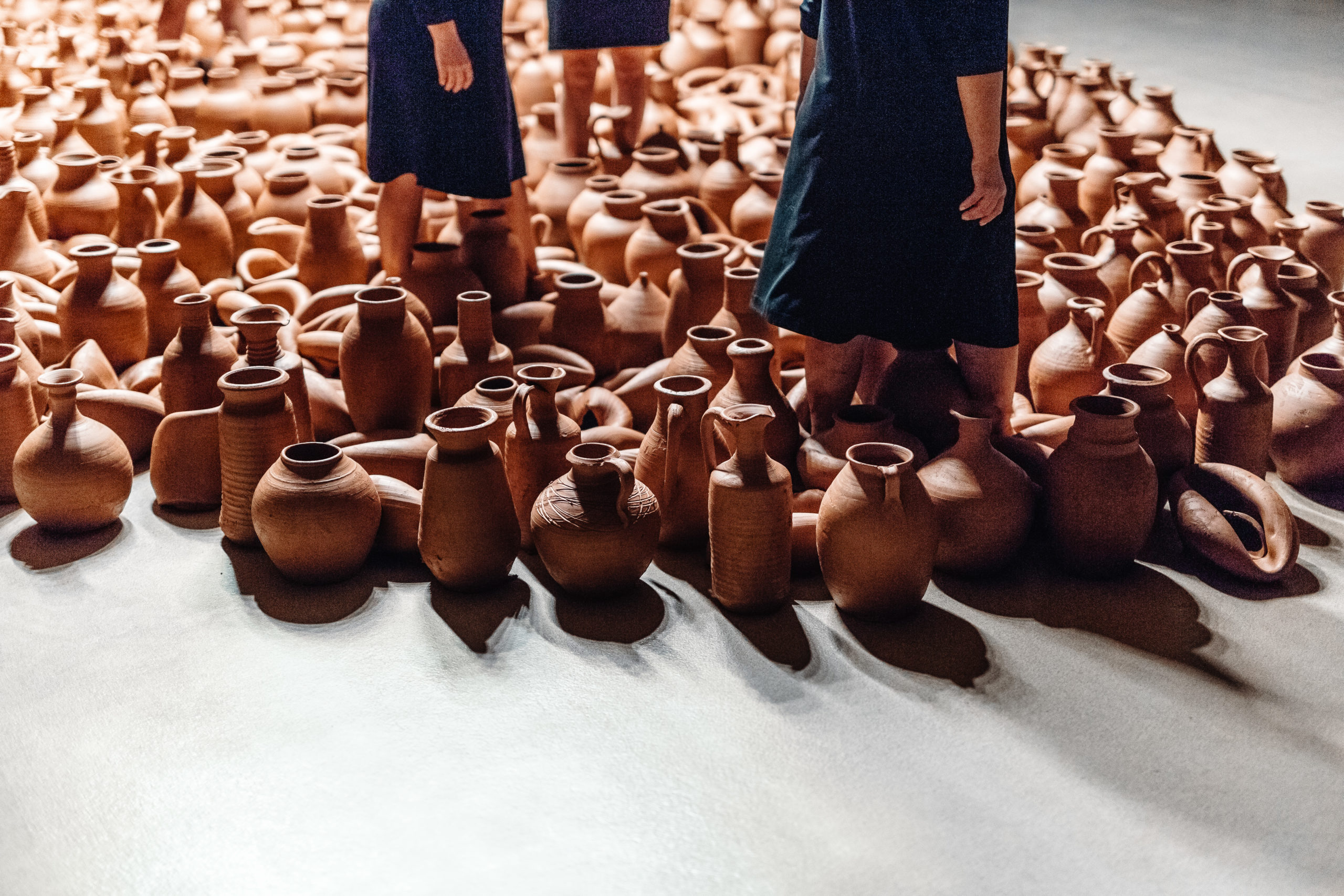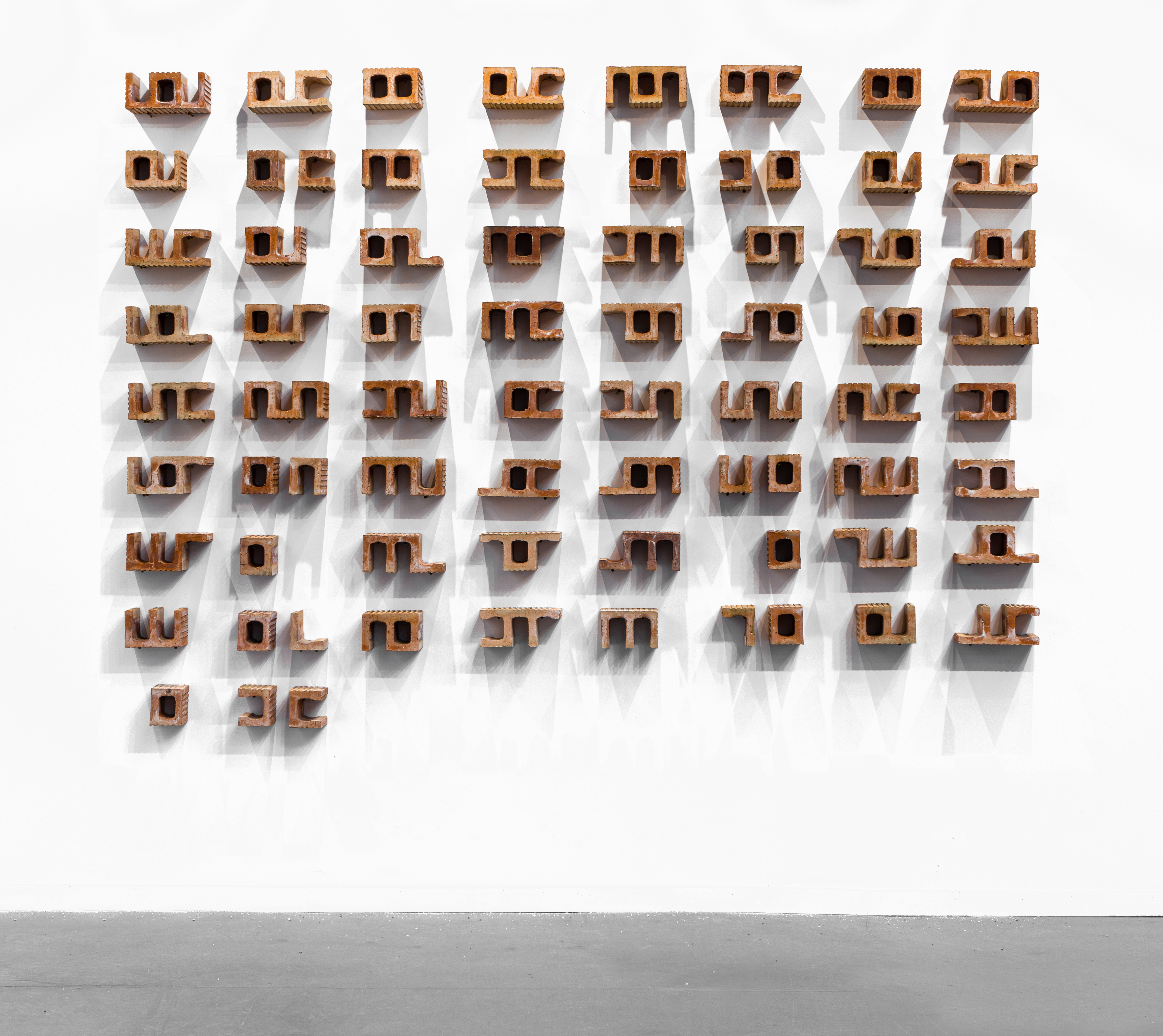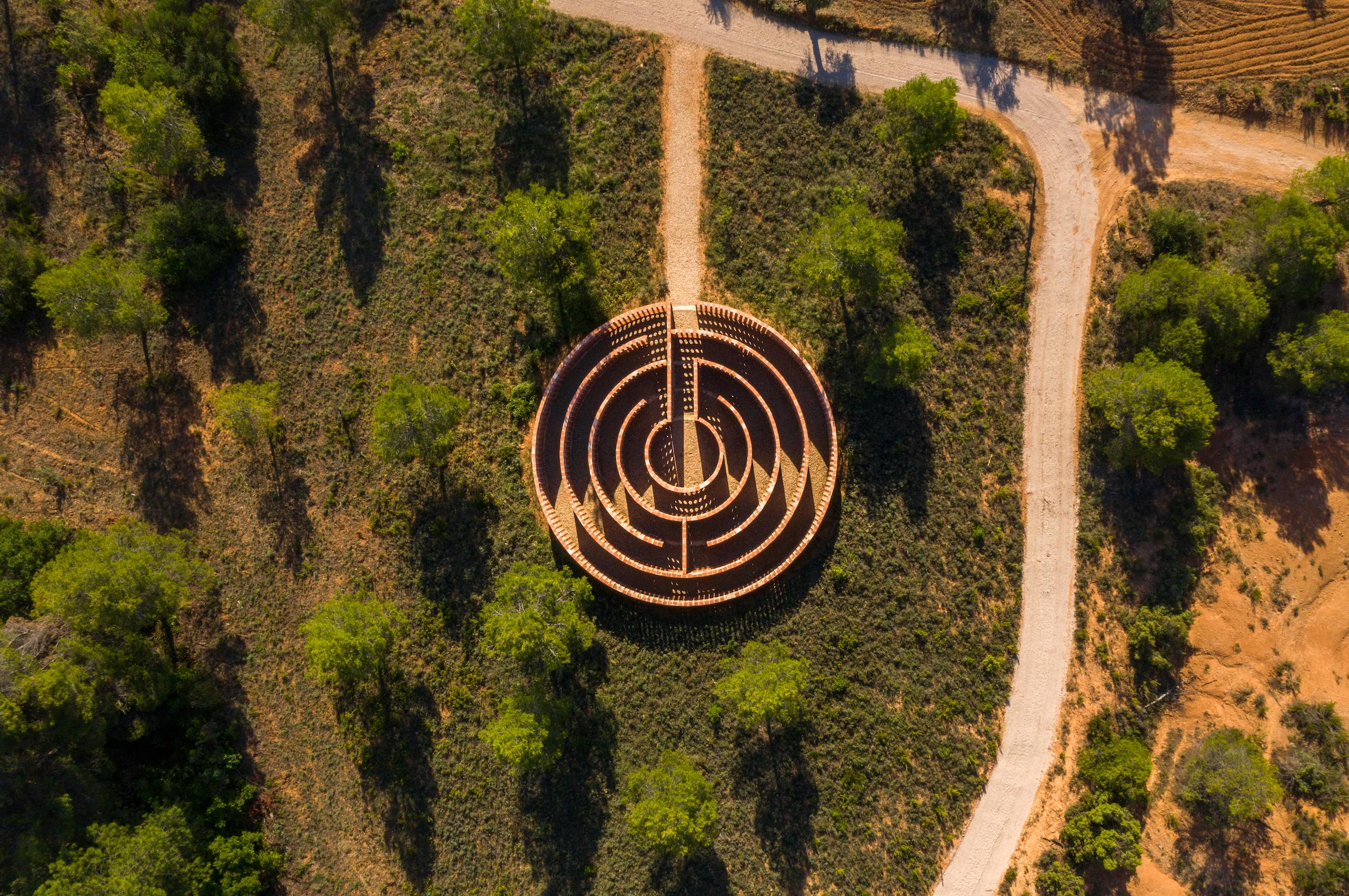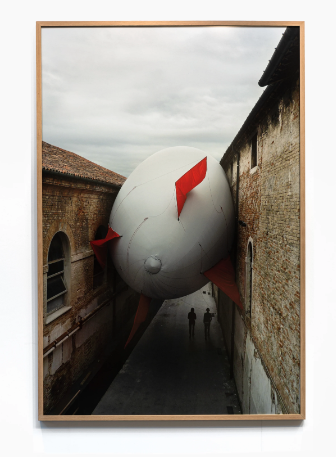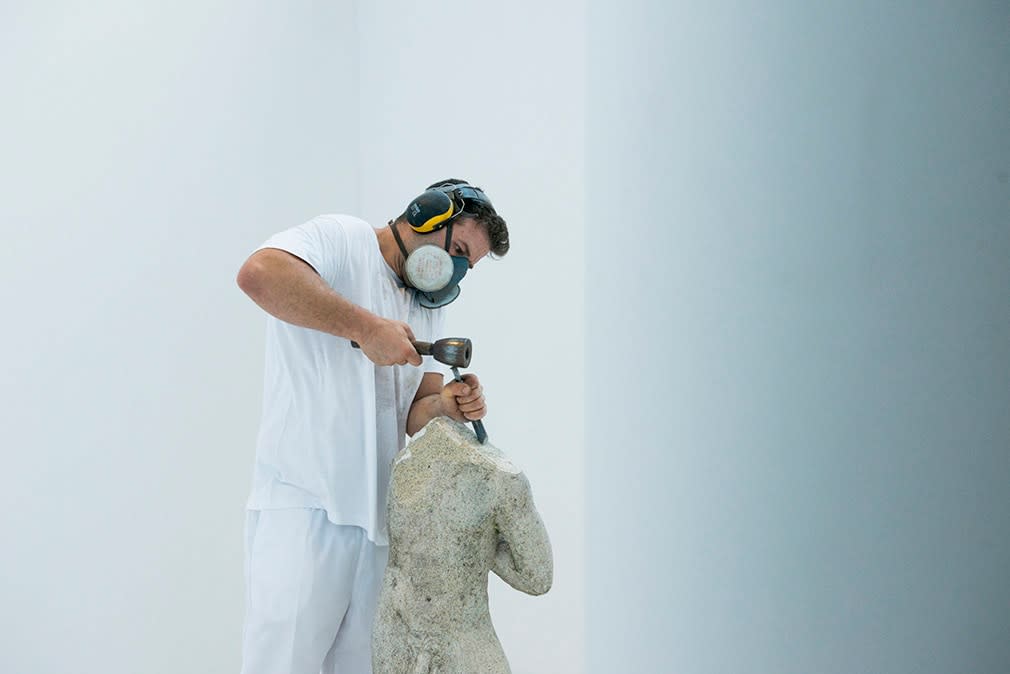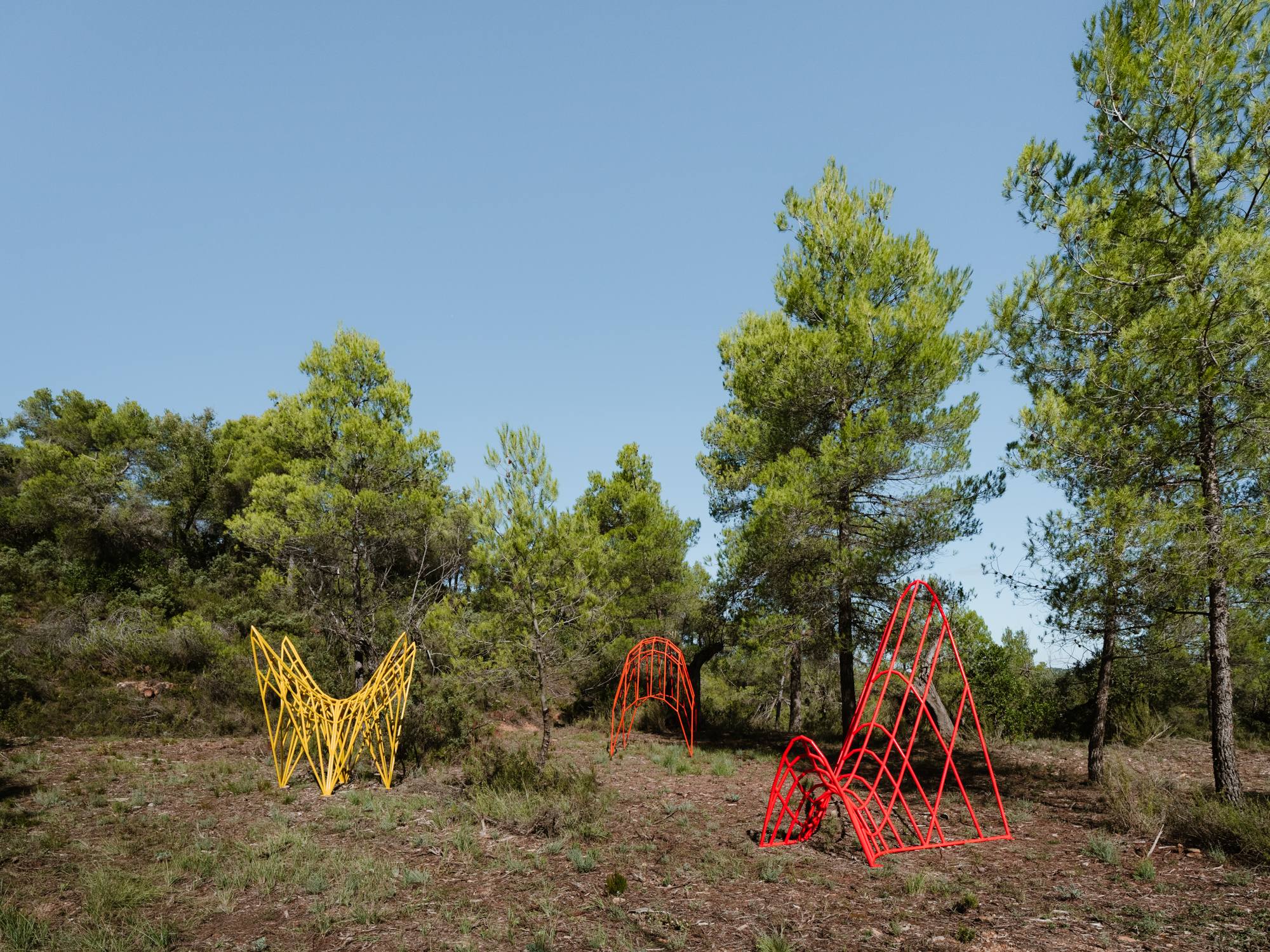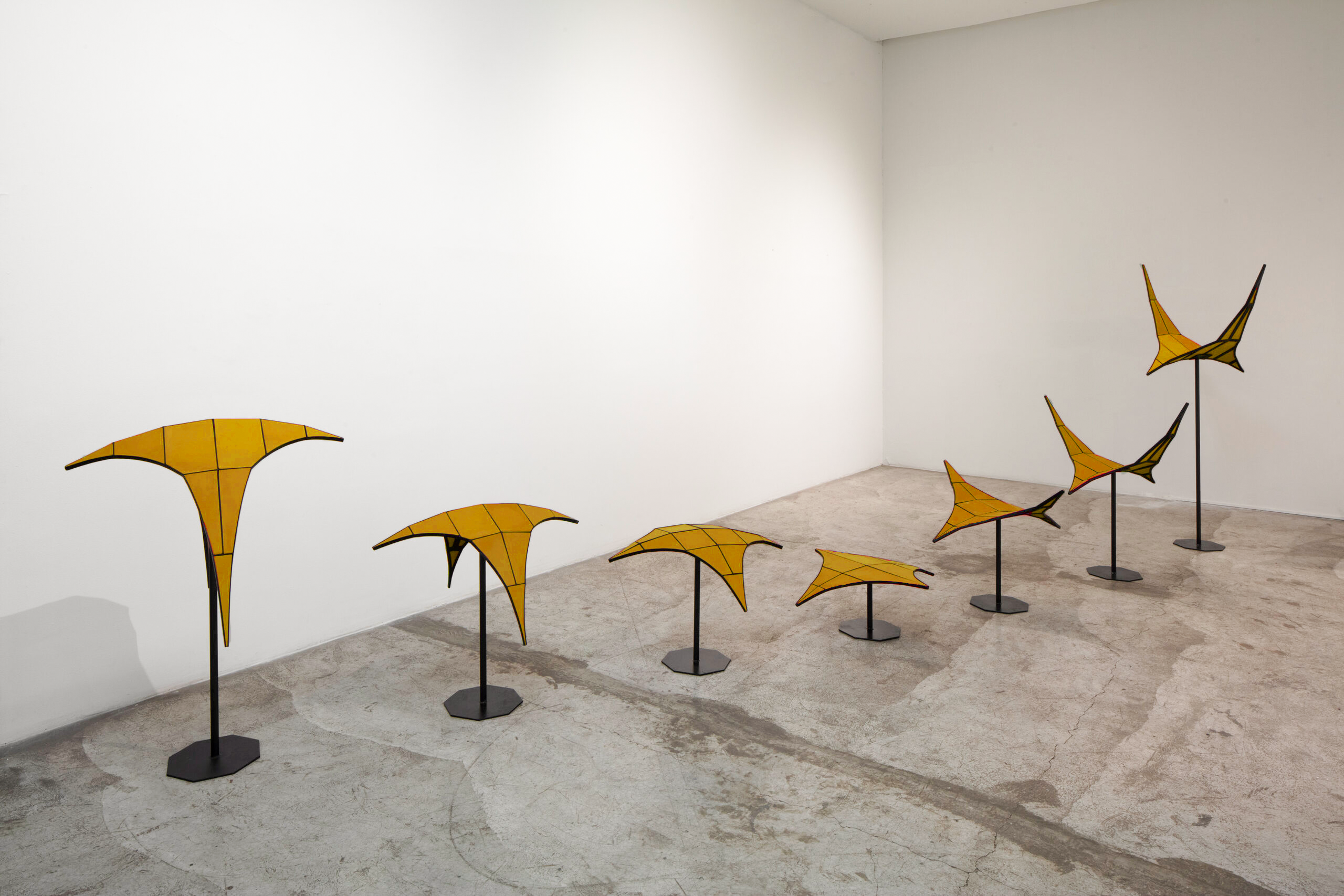Héctor Zamora
Born in 1974 in Mexico City, where he lives and works.
Zamora is known for works that engage public spaces and the built environment. In his practice, the artist reinvents and redefines conventional exhibition spaces, generating friction between the usual roles of public and private, exterior and interior, organic and geometric, real and imaginary.
With his technical expertise and knowledge of lightweight architecture, alongside a meticulous emphasis on the construction process of each piece, Zamora engages the viewer, challenging them to question the everyday uses of materials and the functions of space.
Héctor Zamora’s work encompasses monumental public commissions, sculpture and performance, often through repetitive actions that lead to surprising and unexpected outcomes. His interventions serve as an invitation to reflect, frequently requiring active participation from the viewer.
One of Zamora’s most-known works is “Lattice Detour” (2020), a curved and perforated brick wall commissioned as a site-specific installation for the rooftop of the Met Museum in New York. Zamora created a monument to openness and lightness, which modified the view of the city skyline and the movement around the space. Besides, in recent years Zamora has developed performative actions such as “Emergencia” (2024) at Albarrán Bourdais in Madrid, exploring the tension between harmony and destruction that arises among individuals once the rhythm of exchange is established; and “Chimera” (2023) at Desert X in the Coachella Valley, which sought to make visible issues related to migration and the American dream.
Zamora has exhibited extensively in institutions, such as Hirshhorn Museum, Washington D.C; Desert X, Coachella Valley; Museo de Arte Moderna, Rio de Janeiro; Palais de Tokyo, Paris; Musée de la Ville de Paris; Museo de Lisboa; Casa Wabi, Puerto Escondido, among others; as well as in the biennials of Venice, Lyon, Liverpool, Mercosul and the Bruges Triennial with ambitious outdoor commissions.
His work is included in the collections of key international art institutions, such as the Metropolitan Museum of Art, New York; the Hirshhorn Museum, Washington D.C; Centro de Arte 2 de Mayo, Madrid; Frac des Pays de la Loire, Nantes; and the Jumex Collection, Mexico City, among others.
